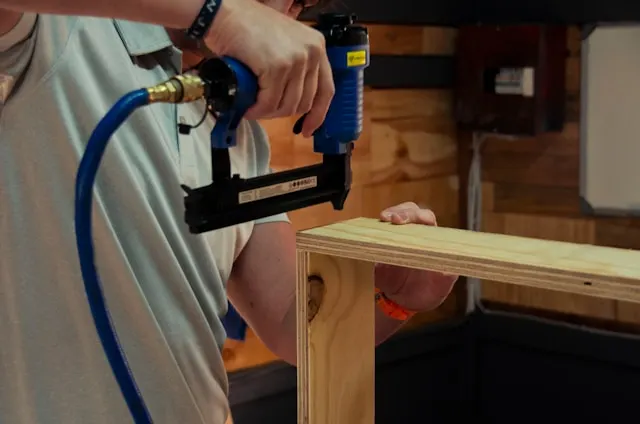The IKEA Effect in Investing.
We’ve all heard of IKEA’s “Do It Yourself” philosophy — buy the furniture, bring it home, and assemble it yourself.
You might spend hours figuring out which screw goes where, and even if the final product wobbles a little, you’ll still admire it. Why? Because you made it.
This tendency to overvalue things we’ve built ourselves — even if they aren’t great — is called the IKEA Effect. Psychologists use it to describe how people assign extra worth to self-made projects simply because of the effort they’ve put in.
Interestingly, the same thing happens in investing.
The DIY Investor’s Illusion
Many investors love the idea of managing their own money. They read market news, follow influencers, watch stock tips on YouTube, and believe they can outperform professionals.
It feels empowering. It feels smart.
But when the results fall short — when the portfolio lags behind a simple mutual fund or index plan — they rarely admit it. Instead, they convince themselves that things will improve, or that “long term” will fix it all.
Like the IKEA table that’s slightly uneven but proudly displayed in the living room, their portfolio becomes a symbol of personal effort, not actual success.
Why People Stick With It
There are a few reasons why DIY investors keep going, even when results are poor:
- Emotional Ownership:
When you build something yourself, you feel attached to it. It’s not just numbers on a screen — it’s your creation. - Confirmation Bias:
We tend to look for information that supports our decisions and ignore data that proves us wrong. - Distrust of Experts:
Many believe that financial advisors are only after commissions. While that can be true in some cases, professional guidance often saves investors from emotional mistakes and costly misjudgments.
Investing Isn’t an IKEA Project
Unlike assembling furniture, investing isn’t about effort — it’s about outcomes.
You don’t get rewarded for how much time you spend researching stocks or building spreadsheets. You’re rewarded for making the right decisions and staying disciplined.
Good investing is about strategy, patience, and objectivity — not pride of authorship.
There’s nothing wrong with taking control of your finances, but knowing when to seek help is equally important. Professional advice, systematic investing, and data-driven planning can deliver more stable and meaningful results than self-assembled investing ever could.
Final Thoughts
The IKEA Effect teaches us an important lesson: effort can distort judgment.
In investing, that distortion can cost you years of compounding and potential wealth.
Sometimes, the smartest move isn’t doing it all yourself — it’s letting someone who knows the craft do it right.
After all, you don’t want your financial future to stand on uneven legs.
Build Wealth the Right Way
At CapitaGrow, we help investors grow steadily through goal-based, professionally managed mutual fund portfolios.
Skip the trial and error of DIY investing — and let your money be assembled by experts who care about long-term results, not short-term excitement.
